EVERY farmer knows how tough it is to navigate a drought, particularly when it comes in the current form of a one-in-400-year crisis. Yet some farmers have fared better than others because of their innovative management practices.
Andrew Freeth, a livestock and crop producer from Collie, near Gilgandra in Central West NSW, says he and his family have managed to steer their livestock through the worst of the drought so far by using their own grain, held over from previous bumper crops, to feed their Merino sheep and hopefully secure most of their flock for the future.
*READ MORE about drought affected farmers adapting during dry conditions:
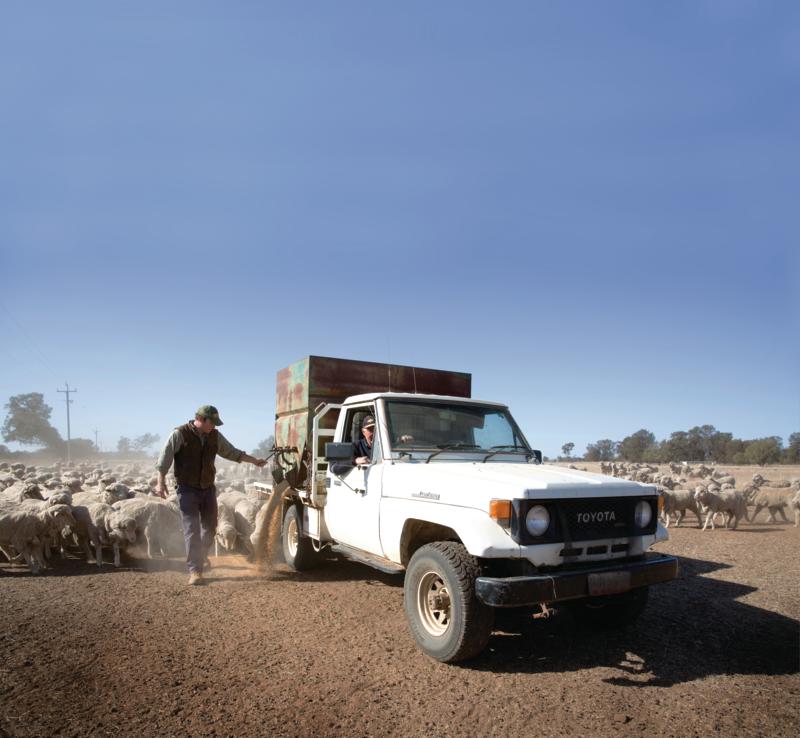 Andrew and his father David, who run about 5,000 head of sheep, feed out grain for the livestock on their drought-affected property.
Andrew and his father David, who run about 5,000 head of sheep, feed out grain for the livestock on their drought-affected property.
Andrew runs his 5,500-hectare property with his parents David and Sue, and brother Marc. His investment in on-farm storage had less to do with luck and much more to do with a clearly designed and implemented management strategy that is now paying him and his family big dividends.
“Our ability to store grain in the good years and to carry that through to use in the bad years is a good example of the versatility that on-farm storage can give to a farmer in the 21st century,” says Andrew, a 2015 Nuffield Scholar who has studied international grain industry supply chains and on-farm storage options.
“We have been hand-feeding our sheep on wheat and oats from the 2016 crop that we had held back from market. If we hadn’t had our own grain on hand, we would probably have had to buy it in. There’s no doubt we are managing the drought better because we have those on-farm facilities. It gives us flexibility in the way we approach our business.”
THE FLEXIBILITY OF SILO STORAGE
But it is a flexibility that extends far beyond the parched landscape of the current drought. On-farm storage is, in Andrew’s opinion, the all-important first link in the grain industry’s supply chain, and an important first step for farmers looking to maximise returns.
“Farming is a tough and competitive business these days with a multitude of markets and opportunities, but also a seemingly never-ending increase to costs,” says Andrew. “Investing in on-farm storage is a way for the farmers to take control of when and where they market their grain, and into which market they sell. In a good year, they can hold back surplus grain and store it safely and hygienically until prices pick up in the future, thereby maximising their returns per tonne and per hectare.
“That way, they are making the most of their expertise and investment by getting the best prices for their crop and not just taking what is on offer in a particular season or in particular market circumstances when there may be a glut of produce that drives prices down.”
Transport costs account for about 30-35% of the total cost of production for the Australian grain harvest. In addition, total Australian supply chain costs are higher than for our international competitors such as Russia, Argentina and the Ukraine.
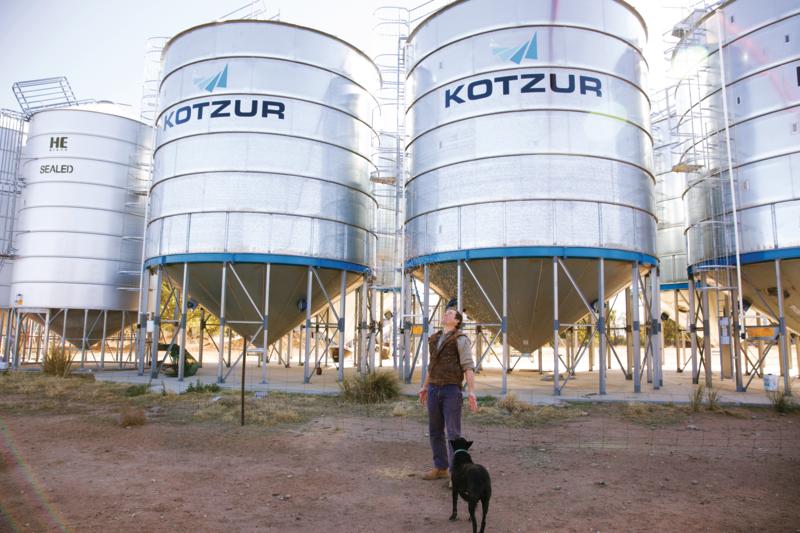 Andrew with his kelpie Chloe.
Andrew with his kelpie Chloe.
As such, improvements to the Australian supply chain are essential to remain competitive in international markets, says Andrew. But perhaps even more importantly, cost savings through greater efficiencies may also deliver significant price increases for farmers.
RAIL TRANSPORT MARKETS PROVIDE PROFIT POTENTIAL
Andrew says that with an efficiently run rail transport network and improved road networks, combined with the advantages of on-farm storage, farmers may see a price increase of potentially $10 per tonne or $30 per hectare, assuming production of three tonnes a hectare.
Based on land valued at $3,000 per hectare, that roughly equates to a 1% increase in return on investment. And what farmer wouldn’t welcome that?
For his
Nuffield Scholarship – the international program that allows Australian farmers to travel and research agricultural methods overseas – Andrew undertook a 16-week trip to the United Kingdom, Europe and North America.
His scholarship was supported by the
Grains Research & Development Corporation, and Andrew wanted to study supply chains and on-farm storage options from a grower’s point of view.
On his travels, he saw how increased efficiencies in rail transport, combined with on-farm storage, were delivering returns of up to $20 per tonne above average market price for Canadian growers.
While he concedes the economies of scale are different in Australia, he says increased returns for growers are well within our reach. “If we could get $15 a tonne, $10 a tonne or even $5 a tonne extra, then I’m sure we would all be putting our hands up,” he says.
The unique nature of NSW geography makes grain supply chain networks a difficult issue for farmers. The big challenge is the Great Dividing Range that splits inland regions from the coast. “Because of the extreme steepness of the escarpment, there are only two or three points through which freight can be delivered successfully,” says Robert Hardie, NSW Farmers’ policy director – cropping and horticulture.
There are three major ports in NSW – Newcastle, Port Botany in Sydney and Port Kembla in Wollongong – and all the state’s major transport networks operate in a ‘hub and spoke’ arrangement to move goods in and out of these centres.
“In the old days, a farmer would harvest their crop, put it into a truck and take it to a handling facility, where a train would come and pick it up to take it where it needed to go. That was the old supply chain. In the new supply chain era, the farmer has greater flexibility to store the grain after the harvest and then wait for the price to go up,” says Robert. ”
“Depending on where you are in the state and the capacity of the local silo storage facility to load and unload grain, it may be a better return for the farmer to drive the grain further away from their normal silo to get a better price.”
*READ more about supply chain logistics and boosting farm profitability across NSW, particularly through tricky areas like the Blue Mountains.
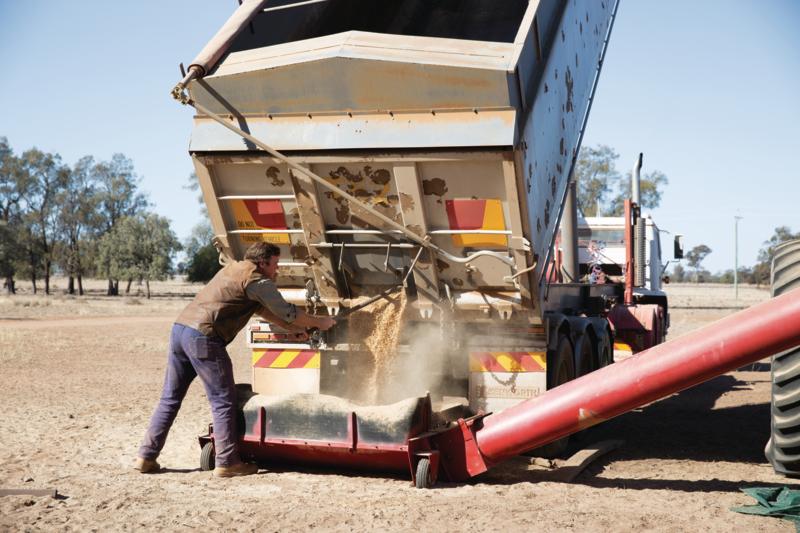 Andrew helps move the stored oats.
Andrew helps move the stored oats.
“Some farmers will tell you it costs the same to operate a truck over 15km as it does for 150km because of the efficiencies of having a driver and having the grain loaded and ready to go. Once you have factored in the fuel and the running time, farmers still argue they are better off driving it further away for a better price than taking what they can get from the nearest silo.”
But there is another complication. Due to the deregulation of the wheat industry, there isn’t just one market or buyer purchasing the grain. There are multiple players in the market, which has created an even greater level of competition. That situation has also created challenges going forward with supply chain management and peaks and troughs in the system.
*READ more about navigating the challenges of competitive trade markets, particularly China.
HOW TO CUT COSTS WITH GRAIN SUPPLY NETWORKS
That’s where Andrew’s specialised knowledge of grain supply networks and logistics comes in. Recently, he has been working with the GrowerCo, a North West NSW grower supply chain cooperative based at Moree. The group was formed with the intent of reducing handling and freight costs of grain destined for the Port of Newcastle and domestic markets.
“We have been working to try to better coordinate rail movements to effectively have trains turned around quicker and improve the cycle times for grain freight journeys,” says Andrew.
“That work has been quite encouraging and there seem to be some great efficiencies that we can achieve there in the future.”
For example, says Andrew, the rail line from the Port of Newcastle to Narrabri in the state’s North West has a carrying capacity of 120-tonne gross weight rail wagons. But north of Narrabri that capacity drops to 92 tonnes, a decrease of about 25%.
Go further north or to the west and the line capacity drops to 76 tonnes, which represents a 60% difference in payload-carrying capacity in less than 100km of rail line. That difference has an impact on costs because of delays, scheduling and multiple handling and management.
*For more information on overcoming supply chain challenges and streamlining business, read “From paddock to Asia, the brand smashing the supply chain”.
HOW WILL NEW RAIL INFRASTRUCTURE INCREASE GRAIN SUPPLY MOVEMENT?
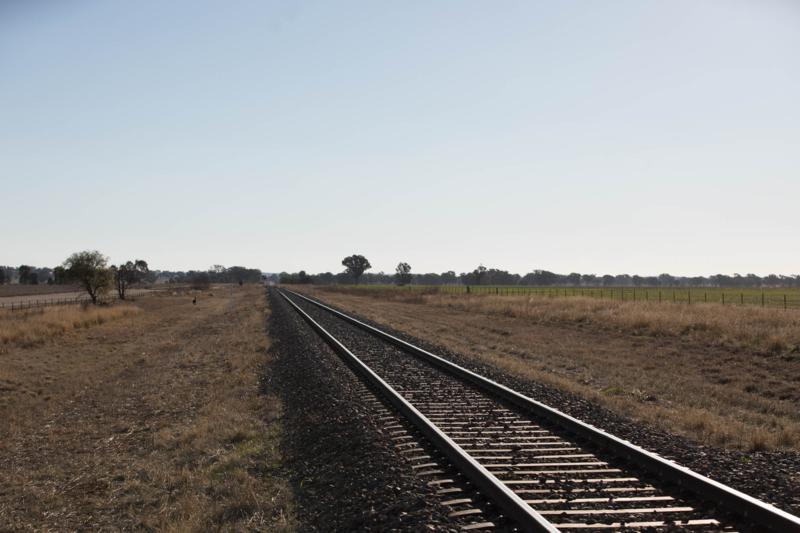 Part of the Inland Rail project in the Riverina.
*Find out more about how the Inland Rail can help increase farmer’s freight efficiency.
Part of the Inland Rail project in the Riverina.
*Find out more about how the Inland Rail can help increase farmer’s freight efficiency.
Those costs could be removed by upgrades to the rail system as well as managing choke points at ports where freight trains often need to wait for passenger trains. So far, the NSW government has allocated $400 million to its
Fixing Country Rail project to improve the capacities and overall effectiveness of rural rail lines.
However, as NSW Farmers’ Robert Hardie points out: “You can upgrade all the lines you like in Western NSW – you could put in gold-plated sleepers – but unless you deal with some of the pinch points coming into the ports and other network issues and congestions problems in Sydney, Newcastle and Wollongong then it won’t make much of a difference.”
What might make a difference is the
Inland Rail network, the proposed rail connection between Melbourne and Brisbane that will run through rural NSW. At 1,700km in length, the line is the largest freight rail infrastructure project in the country with work due to start this year and a completion date in 2024-25. It could be a game changer for the grain supply chain, says Andrew.
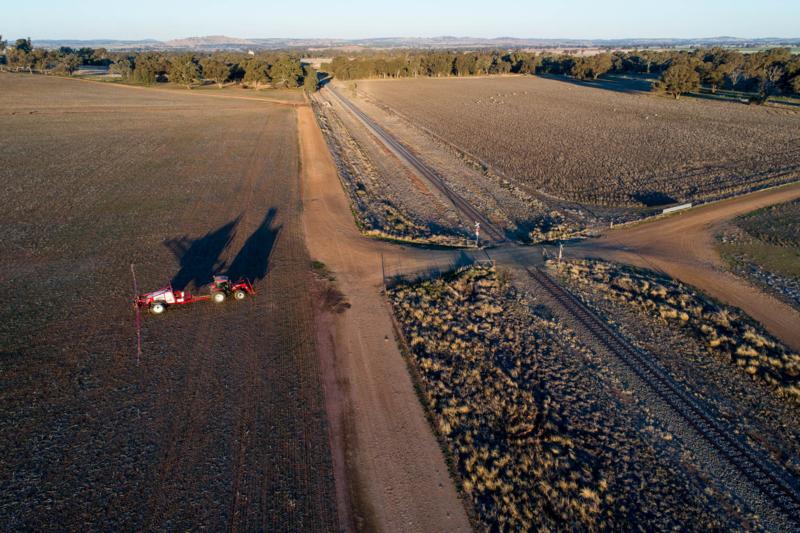 *The existing Inland Rail system cuts through Tim Berryman’s property at Stockinbingal in the Riverina. For more information on how the Inland Rail project affects farmers across NSW, read our article: The Inland Rail Debate.
*The existing Inland Rail system cuts through Tim Berryman’s property at Stockinbingal in the Riverina. For more information on how the Inland Rail project affects farmers across NSW, read our article: The Inland Rail Debate.
“There is a really important opportunity to increase the amount of grain that moves domestically on rail because a big chunk of that domestic freight task is currently moved by road,” says Andrew.
“But when the Inland Rail line goes in and we get opportunities to develop efficiencies in the domestic and export grain supply chains, that is when we will really see the transformation of the way grain is stored and then moved to market.
“When the rail network becomes more compatible and accessible, you get greater incentive to build larger more efficient grain/rail hubs. That will allow more flexibility in the branch line loading and perhaps even the development of portable loading infrastructure.
“One of the real difficulties of a supply chain network as big as NSW is coordinating all the moving pieces,” Andrew says.
“That is one of the big issues. The Inland Rail line will give us an opportunity to do that, possibly for the first time in Australia. That will all help farmers get their produce to market as quickly, cheaply and efficiently as possible. That will be a day worth waiting for.”